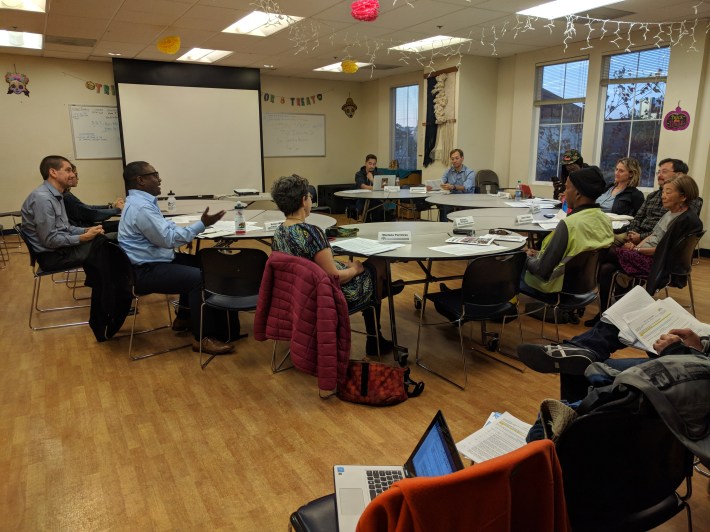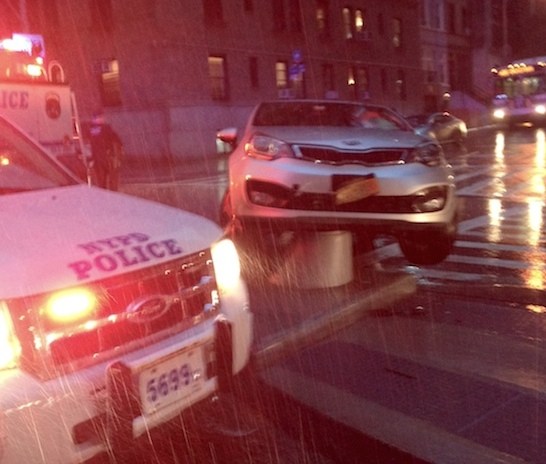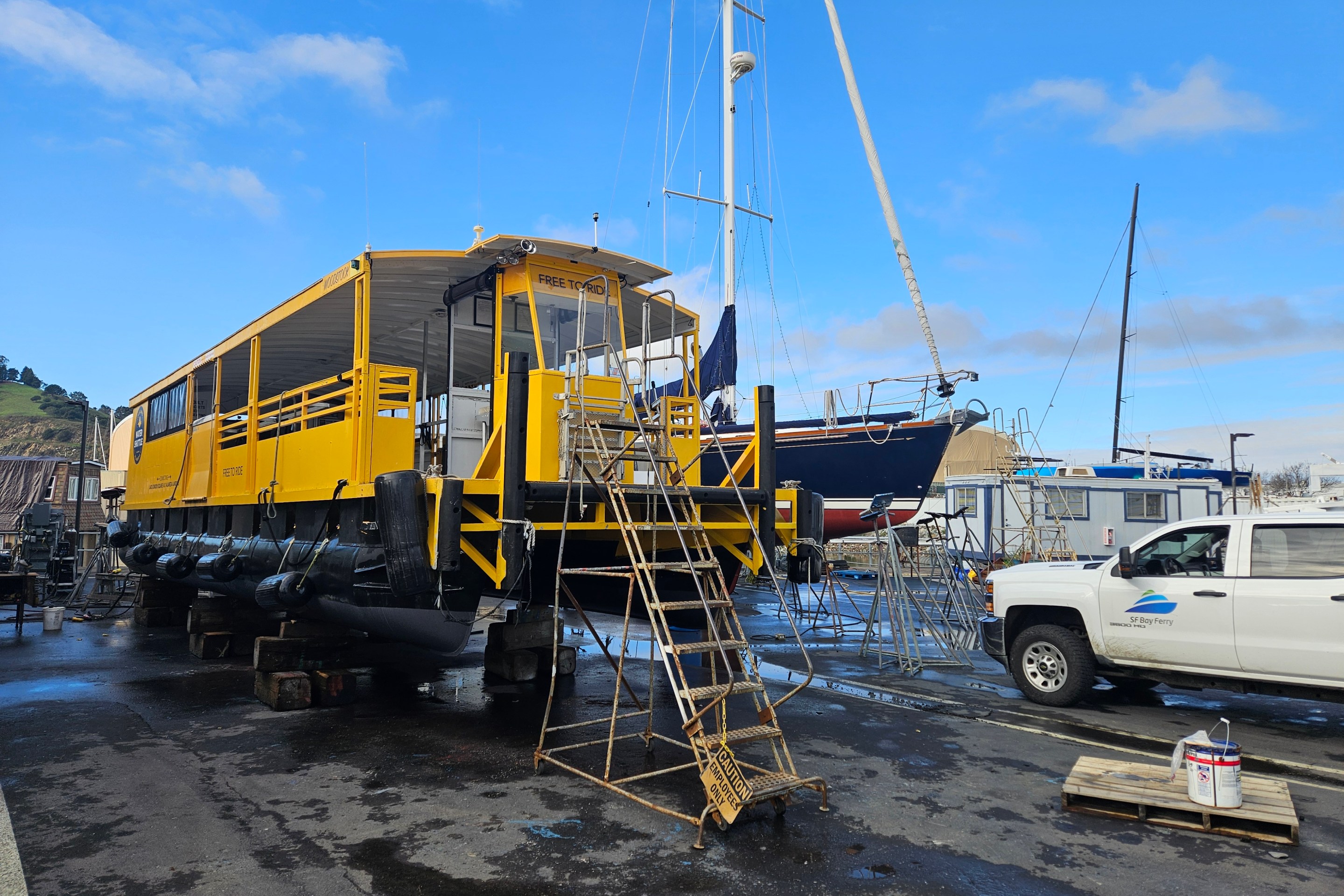A hit-and-run motorist killed Huong Truong, who was crossing Foothill Boulevard, earlier this month. No sooner had Oaklanders started to process that tragedy, when a motorist killed cyclist Israel Lopez-Garibay on Fruitvale Avenue.
These tragedies and others were front-and-center at last night's meeting of the Oakland Bicyclist and Pedestrian Advisory Commission (BPAC), held for the first time outside of City Hall, at the Fruitvale-San Antonio Senior Center. "We've been meaning for some time to hold meetings out in the communities," explained Kenya Wheeler, who chairs the nine-member commission.
"We’re developing a process to quickly mobilize," said Susan Kattchee with OakDOT's Safe Streets Division, during a presentation at the meeting on the city's 'Rapid Resopnse' program. The idea is to have a plan and hardware in place, such as bollards and paint, ready to go in and update a location if a collision is deemed the fault of bad or outdated infrastructure. That could be as simple as repainting a crosswalk or replacing a sign, or adding bollards. "We have to figure out how to incorporate this process with everything else on our plate."
Streetsblog has reported previously on these efforts. For example, back in 2017, the DOT installed quick upgrades to the crosswalk at 23rd and Harrison, where Robert Bennett was killed. The city also upgraded the site of a fatal hit-and-run at Foothill and 26th (seen in the lead image). That crash took the lives of a mother and child last April.
The problem is all the crossings on Foothill, admitted city officials, have similarly dangerous conditions. "When we first looked at Foothill and 26th," said Jason Patton, also with the Safe Streets Division of OakDOT, "What struck me is this could have happened at 24th or 27th, so I think it was a strong decision on our part to look at 23rd through 42nd." But improvements to other intersections have been slow in coming, and, regardless, the range he described is one block short of the latest tragedy.
Members of the BPAC argued that the DOT is still putting too much stress on car throughput and not fully committing to safety along the entire street. "If you’re all going to redesign it, you should make sure it’s built for the pedestrians and not the motorists," said the Original Scraper Bike Team's Reginald "RB" Burnette, who is one of the commissioners. Burnette recalled a young girl who was killed in 2009 on Foothill in front of a middle school. "When that girl got killed in front of Frick, all you did is put a stop light there."

Wladimir Wlassowsky, also with the city of Oakland, said he'd like to reduce lane widths on the entire street, and others, to reduce speeding. "We’ve got the widest streets of any industrialized country, that leads to a higher level of risk for pedestrians, because you have two or three to four times as much distance to cross."
However, competing interests from delivery companies and AC Transit, which wants wide lanes for its bus service, often leads to compromised designs, he explained.
"We’re working on the infrastructure, that’s our job, but there’s also an enforcement piece," said Kattchee during her presentation, adding that "...we can try to improve things, but it’s not going to stop the bad actors from speeding down the street."
Maybe not always. But here's a "bad actor" who was speeding down a street in New York and tried to sweep across a crosswalk:

In that case, infrastructure certainly seems to have stopped the 'bad actor.' Wlassowsky and Patton said they will eventually replace the plastic "rapid response" crosswalk treatments, as seen in the lead image, with concrete. The plan, said Wlassowsky, is to use six-to-eight-inch curbs in place of those plastic bollards and paint.
But, they admitted, if a motorist is going fast enough, a concrete curb isn't going to work either.
Why not pour a little more concrete and put in something that can really stop a car, as they did in New York? Better yet, why not have some concrete blocks or steel bollards or bells that can be drilled into the pavement instead of plastic as part of the rapid response? Does "rapid" always have to mean "flimsy?"
Post your thoughts bellow.
There will be a public meeting next week with OakDOT officials, Thursday, Oct. 24, 9 a.m., at the Garfield Elementary School on Foothill Boulevard at 22nd, to discuss further safety improvements.





